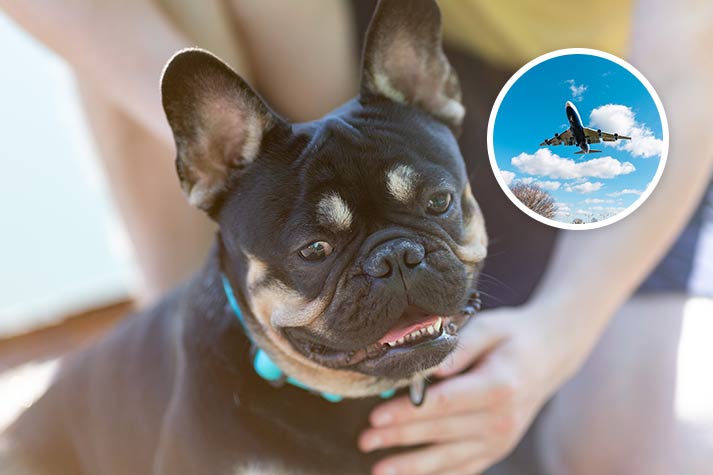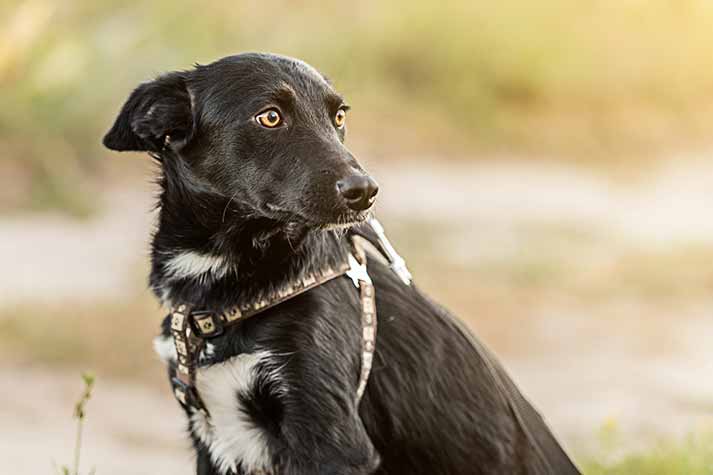
31 Jul
Breed-Specific Flight Restrictions: Why Some Dogs Are on the No-Fly List
Air travel with dogs is more common than ever, thanks to relaxed rules, better cargo conditions, and pet-friendly airlines. However, as more pets take to the skies, airlines and countries have become stricter about which breeds they allow.
Not all dogs are treated equally in air travel; some face restrictions due to their temperament, while others are considered medically unfit for flying. Understanding why these rules exist and whether they apply to your dogis essential before you book your tickets.
Here’s What to Know About Pet Travel & Breed Restrictions.
Why Are Some Dog Breeds Restricted?
There are two primary reasons why certain breeds are restricted from air travel:
- Behavioural Risk: Breeds deemed “aggressive” or “dangerous” due to strength, bite records, or unpredictability.
- Health Risk: Brachycephalic (snub-nosed) breeds are more vulnerable to respiratory distress during flights, particularly in warm or stressful conditions.
Each type of restriction is rooted in public safety and animal welfare, not personal bias. Airlines and governments are attempting to reduce incidents during flights and at immigration checkpoints, where outcomes can range from delays to euthanasia in worst-case scenarios.
Aggressive Dog Breeds: The Safety Concern
Many so-called “dangerous” breeds are restricted not because every dog in the group is unsafe, but because data shows a higher risk of serious incidents. At the top of this list is the American Staffordshire Terrier, often flagged in bite statistics. Other commonly restricted breeds include:
- Akita Inu
- Boerboel
- Cane Corso
- American Bulldog
- Dogo Argentino
- Fila Brasileiro
- German Shepherd
- Mastiff (various types)
- Presa Canario
- Staffordshire Bull Terrier
- Tosa Inu
- Dogue de Bordeaux
Even if your individual dog is well-trained and socialized, breed-specific rules may still apply, especially if your destination country has passed breed-specific legislation.
International Bans: Country-Level Restrictions
Some countries go further and completely ban the import of aggressive breeds or their mixes. Examples include:
- United Kingdom
- France
- China
- Singapore
- Australia and New Zealand
- Switzerland
- Several Caribbean nations
These rules can apply even if your dog only resembles a banned breed. Behavior at customs matters too; if your dog appears aggressive or overly anxious, officials may deny entry.
Before you travel, check the official import guidelines for your destination or speak with the relevant embassy. Bringing the wrong breed could mean fines, forced re-export at your cost, or seizure and euthanasia.
As a travel tip, always carry a sturdy leash and muzzle, especially in countries where public restraint is mandatory. Never allow children to handle the leash during transit.
Airline Policies on Aggressive Breeds
When a country bans certain breeds, airlines automatically comply. A dog cannot legally enter a destination where it is prohibited, so airlines will refuse to board them on those routes. Even on international routes where such bans don’t apply, many US-based airlines do not accept aggressive breeds at all due to liability and insurance reasons.
Some foreign carriers like Lufthansa, Air France, and KLM may allow them, but only under strict conditions. Your dog may need to travel in a CR-82-compliant crate, made of reinforced wood or metal, which is an industry-standard for strong and high-risk breeds.
Snub-Nosed Breeds: The Health Concern
The second major restriction applies to brachycephalic breeds; dogs with short snouts and flat faces. These dogs often suffer from restricted airways, making them prone to breathing difficulties, overheating, and stress-induced respiratory issues. These risks increase dramatically during flights, especially in warm climates or when dogs are kept in cargo holds without proper ventilation.
Common brachycephalic breeds include:
- Shih Tzu
- French Bulldog
- Boxer
- Pug
- Boston Terrier
- English Bulldog
- Pekingese
Due to these concerns, many airlines either restrict snub-nosed breeds during summer months, require additional documentation, or prohibit them altogether from cargo travel. Some may still allow them in the cabin, but only if size and weight limits are met.
Ensuring a Safe Flight for Snub-Nosed Dogs
If you must travel with a brachycephalic pet, choose your airline carefully. Look for carriers with:
- Temperature-controlled cargo holds
- Shorter flight durations
- Breed-specific experience
- Veterinary pre-flight clearance policies
Better yet, consult a professional pet travel service. They can advise on appropriate carriers, assist with documentation, and identify flights that minimize stress for your pet. For popular breeds like the Shih Tzu or French Bulldog, where air travel is common but risky, professional planning makes all the difference.
Final Thoughts: Do Your Research
Breed-specific flight restrictions far from arbitrary; they are grounded in safety data and veterinary science. Whether your dog falls into the “aggressive” or “snub-nosed” category, the rules exist to protect both the animal and the public.
Failing to respect these restrictions can lead to serious consequences. But with the right preparation and support, flying with your dog is still possible. Know the rules. Follow the protocols. And always put your pet’s safety first.






AUTHOR’S BIO
Carry My Pet
Passionate pet enthusiasts and globetrotters, dedicated to easing furry friends' journeys worldwide. Penning tales of compassion at CarryMyPet, where every relocation is a tail-wagging adventure.